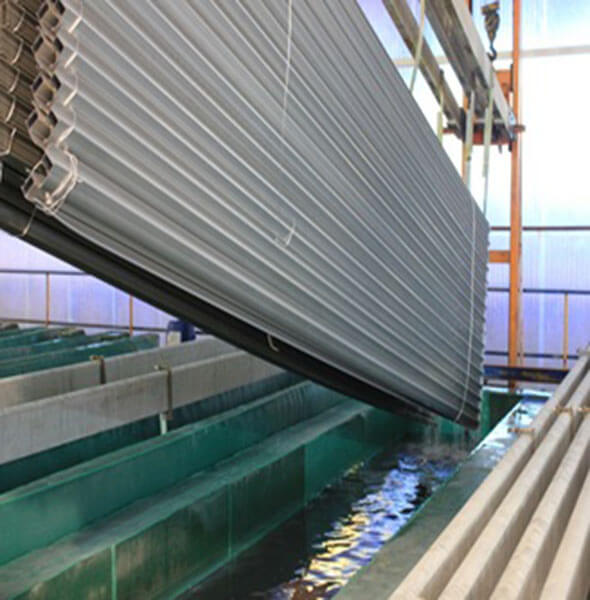Anodizing/anodized aluminum refers to both a specific type of aluminum alloy as well as the process that is used to produce this alloy. The term "anodizing" is used to describe a technique for expanding the natural oxide layer of metals, especially aluminum. Anodizing changes the texture of aluminum by creating a much more porous surface that provides more adhesion for dyes and glues than a smooth surface does. Anodizing also increases aluminum's wear and corrosion resistance, making the aluminum object much stronger in virtually all environments.
Anodized aluminum is produced in a number of ways, most of which require an acid solution that is exposed to a direct current of electricity. The electric current causes the aluminum to form hydrogen at its negative electrode (known as the cathode), and oxygen at its positive electrode (known as the anode), which is the aluminum surface itself. The hydrogen is simply an aluminum by-product, while the oxygen is produced in the form of aluminum oxide, providing the basis of the anodization.
Anodized aluminum is used for many purposes, most of which focus on the idea of creating a porous surface. Whenever an aluminum object needs to be painted or dyed, it must first be anodized so that the paint or dye sticks. Anodizing also increases aluminum's resistance to corrosion and other environmental conditions. Additionally, anodized aluminum tends to be stronger than regular aluminum, making aluminum a much more practical material. In fact, anodized aluminum is often used in MP3 players, digital cameras, cookware, airplane parts, flashlights, bed frames, window frames, and sports equipment.










